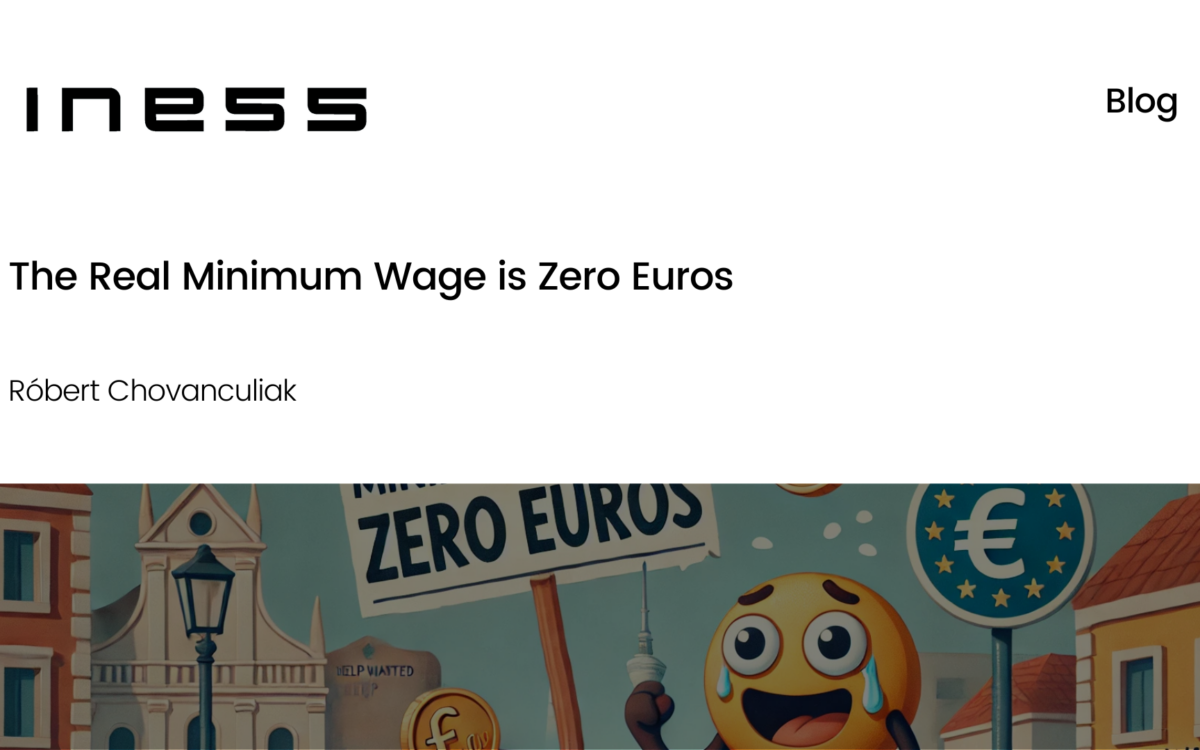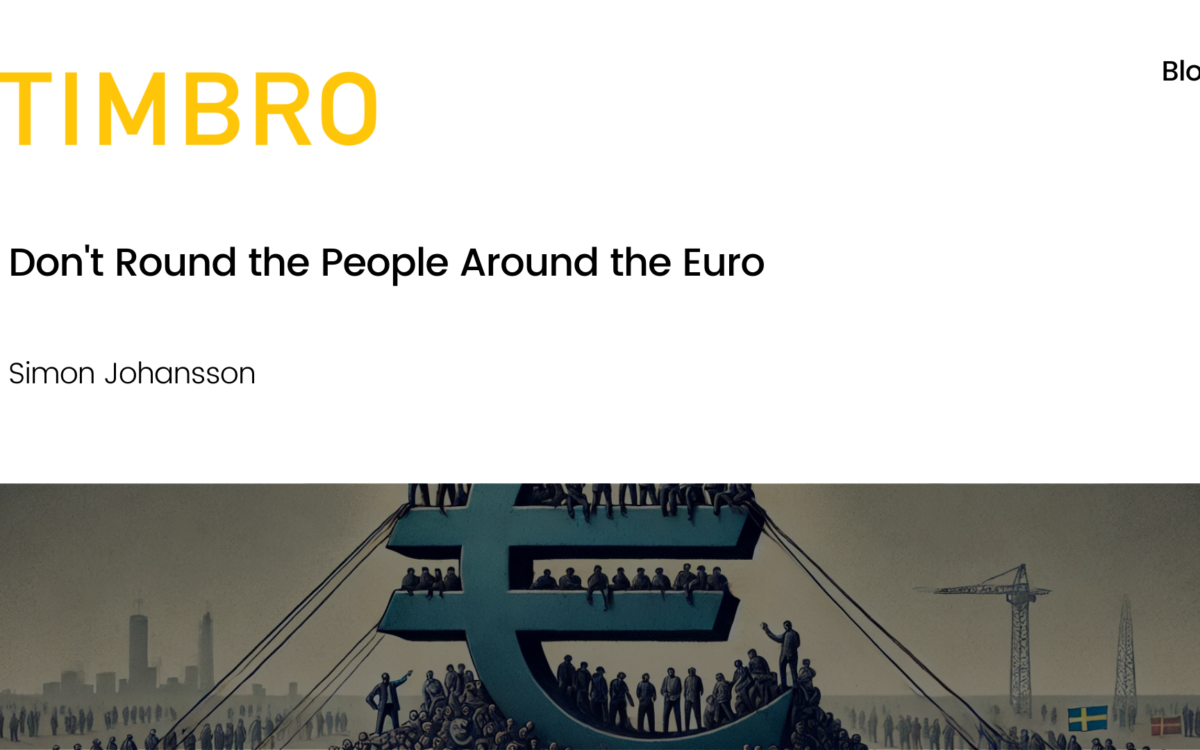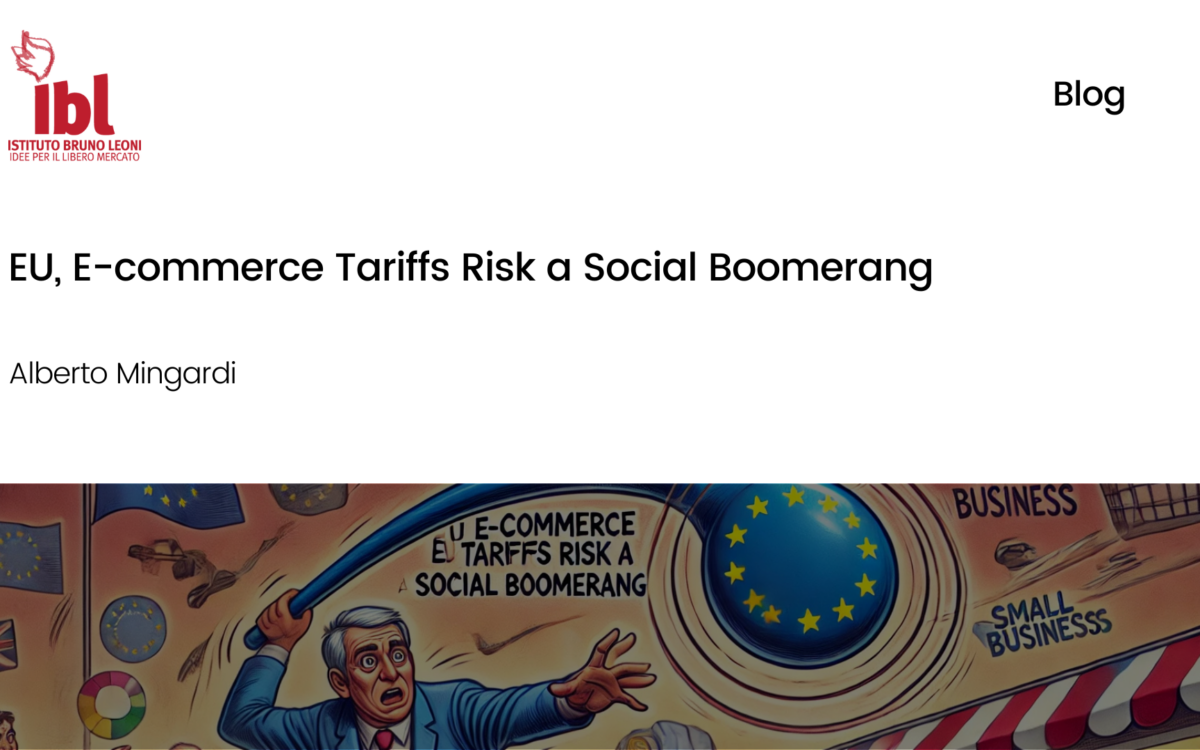Food Security in the Wake of Covid-19

Food Security in the Wake of Covid-19
Ombeline Lemarchal // 20 July 2020
Global food supply chains have been disrupted by restrictions on movement, and rising food protectionism has threatened access to food and its affordability. Emerging out of this pandemic is a renewed necessity to address the vulnerabilities of European agriculture and to create a sustainable and resilient food system that will resist future crises like Covid-19. The CAP has shown its limits to achieving any of these objectives. In a world where agriculture, the environment and public health are increasingly linked, the need for an EU common food policy with a long-term vision is long overdue.
The EU Farm to Fork Strategy (F2F), adopted on May 20, is an attempt to meet the interconnected challenges of climate change, chronic diet-related diseases, and ensuring food security for all. F2F aims to do what the CAP, as an agricultural policy whose primary aim is to provide an income to farmers, cannot do. The CAP, by encouraging large scale and industrialised food production, generates many hidden future human and environmental costs. Not only does it distort prices and lead to massive food waste, its responsibility in environmental degradation and the rise of diet-related diseases and deaths in Europe (950,000 in 2017, which represents 1 out of 5 deaths) need to be addressed.
The F2F strategy has ambitious environmental targets to move beyond the CAP such as a 50% target reduction in the use and risk of chemical pesticides by 2030. However, there are inconsistencies between environmental and public health targets and the means outlined in the strategy. Neither the post-2020 CAP or the F2F show a real commitment to reducing intensive farming, especially intensive animal farming. Without mentioning the negative impact of excessive meat and dairy consumption on our health, over 70% of greenhouse house gas emissions emitted by agriculture come from livestock. Animal farming requires an enormous amount of land (71% of EU farmland), crops, and water that could go to feeding people. The F2F strategy does not offer any concrete measures to target this issue. A previously leaked version included the sentences “the Commission will propose to stop stimulating production or consumption of meat”, but it was deleted in the final version. The strategy vaguely mentions increasing animal welfare but does not target the real problem which is reducing meat production. What began as a convenient way to avoid backlash from the farming lobby is turning into ineffective policymaking, and the EU would do better to focus on not funding meat promotion campaigns or promoting alternative solutions.
Secondly, F2F is not a funding mechanism, and it will work with the CAP to fund the transition. Given current post-2020 CAP reforms and the new environmental focus, it would have been a great time to scrap hectare and animal-based subsidies and to shift towards supporting farmers to make the transition towards environmentally-friendly farming and reduced meat production. Yet, the post-2020 CAP appears to be business as usual with added conditionality. The per-hectare and per-animal subsidies, despite only profiting large agribusiness that contribute to environmental degradation and negatively impact our health, as well as leading to overproduction and massive food waste, will remain in place, albeit with a €100,000 cap per farm.
One of the novelties is the introduction of eco-schemes, which are direct payments conditional on climate-friendly farming practices. It is clearly hard to see how they will work with the former subsidies and how achieving the targets set by the F2F strategy will be possible if the per-hectare subsidies are not fully redirected. Not to mention that the post-2020 CAP states that “they will be funded from Member States’ direct payment budgets” and that states will decide “how much money to spend on them”. By making a proposal that everyone will agree to as it requires no real commitments, the EU risks making the schemes ineffective.
Furthermore, increased regulation might create additional costs to farmers, potentially leading to a 15% reduction in agricultural output, which would be counterproductive for food security and increase the price of food. To avoid such perverse effects and to reach the EU’s environmental and public health goals, free-market and bottom-up approaches could also be explored. The F2F strategy includes a 10bn euros research and development fund to develop sustainable farming techniques, but it does not specify which techniques it will encourage. Potential alternatives or complements to regulations include lab-grown meat, GMOs, or carbon farming schemes as were explored in Brussels in October 2019 to incentivise farmers to adopt sustainable practices.
The F2F strategy sets the direction, but it is not a funding mechanism, the transition is meant to be supported by the CAP. Under the current CAP framework, farmers do not pay for environmental damage, nor do they have any financial incentive to change their practices.
CAP is not an environmental policy, but some of its subsidies could be redirected to support the F2F strategy, which should embrace alternative solutions as opposed to increased regulation and conditionality. The main economic challenge of farmers feeding a growing population whilst coping with increasing environmental standards will not disappear.
At the moment, the EU seems to be combining lofty aims with elusive solutions and no real commitment to push the green agenda forward. With a CAP budget that is almost 40% of the EU budget and a new integrated food policy, it should be possible to get rid of things which do nothing for the EU’s green and health ambitions, and to take the lead in the transition.
EPICENTER publications and contributions from our member think tanks are designed to promote the discussion of economic issues and the role of markets in solving economic and social problems. As with all EPICENTER publications, the views expressed here are those of the author and not EPICENTER or its member think tanks (which have no corporate view).



